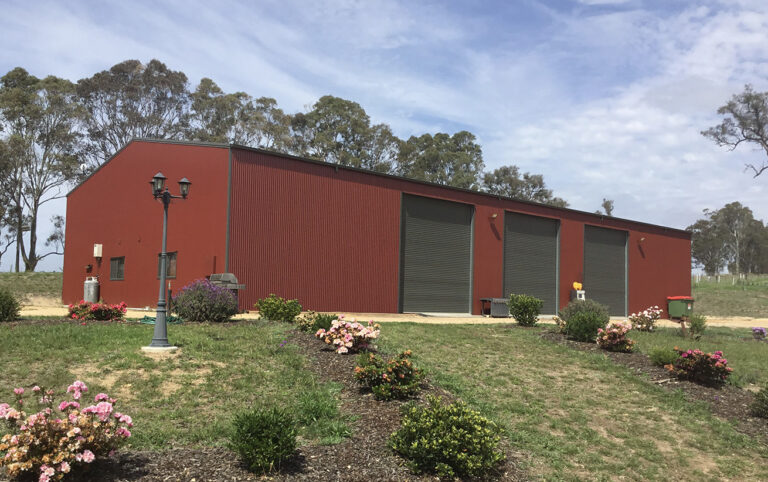Taking risks is a fundamental part of human behavior. The choices we make—whether to act boldly or stay within our comfort zones—are influenced by many factors. Among them, the surroundings we immerse ourselves in hold significant power over our decision-making process.
Let’s explore how the spaces we occupy impact our boldness, particularly in areas like gambling, business, and personal growth.
Key Points
- Surroundings shape emotional and cognitive responses.
- Social settings can amplify risk-taking tendencies.
- Online spaces and design influence behavior.
- Cultural norms define what feels “safe” or “reckless.”
- Awareness of triggers can guide better decisions.
Physical Setting and Emotional Responses
Have you ever noticed how the lighting in a casino feels thrilling yet calming at the same time? The design of physical spaces plays a key role in influencing how people behave. The moment you step into a well-crafted gaming zone, like Ninja Online Casino, you’re greeted with visuals and layouts carefully designed to keep you engaged. Online platforms like Ninja Online Casino replicate this experience digitally, creating an immersive setup that subtly nudges players toward choices they might not make elsewhere.
Elements like lighting, sounds, and layout work together to evoke a sense of excitement and anticipation. Bright lights and upbeat music stimulate the brain, making people more open to adventure. Physical environments designed for relaxation, like parks or quiet lounges, tend to have the opposite effect, encouraging more measured decision-making.

Social Influence and Peer Pressure
Being surrounded by people who lean toward bold actions often motivates others to follow suit. Imagine a scenario where you’re watching someone at a poker table win big. The adrenaline is contagious, making you more inclined to place a bet.
Social settings shape perceptions of what’s acceptable. In group dynamics, people often take bigger risks to match or outperform their peers. This is especially evident in team-based environments or competitive spaces. The need to impress or keep up can override caution, leading to decisions you might not make in isolation.
Digital Surroundings and Online Behavior
Online platforms amplify risk tendencies in unique ways. For example, online casinos use algorithms and personalized offers to keep players engaged. Vibrant visuals, enticing bonuses, and instant access make decisions feel low-stakes, even when they are not.
Moreover, anonymity in digital spaces removes the fear of judgment, encouraging bolder choices. When no one is watching, people feel less inhibited, often venturing into new territories they might avoid in person. Online gambling sites capitalize on this by providing seamless, private experiences that cater to high-risk appetites.
Cultural Norms and Risk Perception
What feels risky in one culture might be seen as ordinary in another. Cultural values play a massive role in shaping what we consider acceptable behavior. For instance, societies that celebrate entrepreneurship tend to encourage calculated boldness, while more conservative cultures might discourage stepping outside predefined norms.
Understanding the cultural lens through which decisions are made can provide insights into why some people embrace bold actions more readily than others.

How to Recognize Influences in Decision-Making
To make better decisions, it’s essential to identify what drives your choices. Here’s a quick checklist:
- Recognize triggers ─ Notice patterns in situations where you act boldly versus cautiously.
- Evaluate surroundings ─ Reflect on how external factors may have shaped your emotions at the moment.
- Pause before acting ─ Give yourself time to assess whether your decision aligns with long-term goals.
- Consult others ─ Seek advice from trusted individuals who can provide a different perspective.
Practical Tips to Avoid Unnecessary Risks
- Limit exposure to high-pressure settings ─ These can amplify emotional decisions.
- Set boundaries ─ Create personal rules for scenarios where impulsive choices are likely.
- Track outcomes ─ Keep a record of past decisions to learn from successes and failures.
- Balance risk with reward ─ Weigh potential outcomes against your goals before taking action.
The Role of Awareness
Being aware of your surroundings and their subtle cues gives you control over your decisions. It’s not about avoiding risks altogether but ensuring they align with your values and aspirations. A well-informed approach can help you embrace boldness where it matters and exercise caution when the stakes are too high.
The ability to balance excitement with pragmatism separates impulsive actions from strategic moves. Recognizing the influence of surroundings lets you steer your behavior rather than being swept away by the moment.

Emotional Cues and Their Subtle Influence
Emotions act as the bridge between surroundings and decisions. Spaces filled with warmth and comfort encourage a sense of safety, prompting careful thought. In contrast, environments designed to elicit excitement or tension can push people toward impulsive choices. For example, the tension of a high-stakes poker game amplifies emotional highs and lows, making decisions feel urgent.
Online platforms use similar strategies. The thrill of spinning a virtual roulette wheel or the suspense of a countdown timer can heighten emotional intensity, reducing the likelihood of rational thinking. Recognizing these cues can help you make decisions with clarity rather than emotion.
To counteract emotional influence:
- Take regular breaks ─ Distance yourself from the setting to reset your emotional baseline.
- Focus on logic ─ Use clear criteria for decision-making to offset emotional bias.
- Set limits in advance ─ Predefine how far you’re willing to go before engaging in a high-pressure scenario.
Designing an Environment That Encourages Smart Decisions
The right setup can promote balanced, thoughtful choices. For instance, creating an organized workspace helps professionals focus, reducing the likelihood of hurried actions. Similarly, recreational spaces that blend relaxation with stimulation can encourage both enjoyment and prudence.
When it comes to gambling, self-designed boundaries are critical. Setting daily limits or creating reminders about long-term goals can help counter the influence of enticing surroundings. Physical spaces also matter—calmer environments with natural light or soothing colors may encourage thoughtful behavior compared to loud, high-energy settings.
Tips for fostering decision-friendly spaces:
- Eliminate distractions ─ Reduce noise and clutter that may overwhelm or misguide focus.
- Introduce calming elements ─ Soft lighting or nature-inspired decor can ground your thought process.
- Set physical and mental boundaries ─ Keep decision-heavy activities in designated spaces to separate impulse from intent.
- Incorporate reminders of goals ─ Visible notes or prompts can help anchor decisions in long-term priorities.

Closing Thoughts
Your surroundings hold immense sway over your choices. From the physical layout of a room to the social energy of a group, every detail matters. By recognizing these influences, you can take ownership of your decisions, acting with both boldness and wisdom when it counts.
Whether you’re navigating an online casino, making business moves, or exploring personal growth, staying conscious of your triggers ensures you’re always in control.
Related Posts:
- How Delaying Your Personal Injury Claim Can Affect…
- How Can You Create a Safe Living Environment at Home?
- How Can DevOps Take Advantage of AI? Boosting…
- What is Domain Hijacking? Identifying and Avoiding Risks
- How Data Security Protects Nursing Home Residents:…
- Should You Take That Casino Bonus? Breaking Down the…








